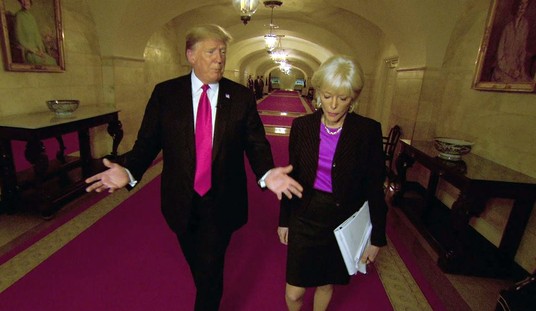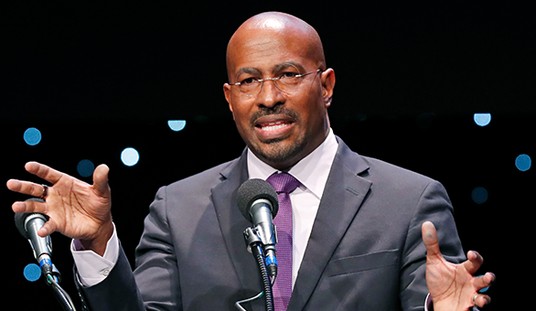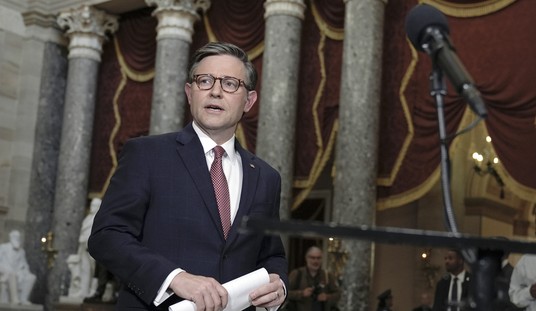The Obama administration recently issued a press release extolling the 10 million people expected to enroll in the Healthcare.gov (Obamacare) Marketplace for 2016. However, it’s premature to hire a mariachi band and throw a party in celebration. Enrollment is only about half what the Congressional Budget Office (CBO) expected. The CBO projected 21 million would sign up during 2016. Worse yet, over the next several years enrollment is likely to stall, followed by a gradual decline into what actuaries sometimes refer to as an adverse selection death spiral.
Obamacare exchange plans are premised on the strategy of overcharging young, healthy people to subsidize older, less healthy enrollees who would otherwise find their coverage unaffordable if charged premiums based on their health risk. In theory, sliding-scale subsidies should make premiums affordable for moderate-income families, while the law would force wealthier families to subsidize the poor and those in poor health. The only problem: people know when they are getting a raw deal.
This strategy was tried once before in the 1990s. At the time, numerous states passed regulations designed to force insurers to insure all applicants — including people in poor health — at rates reflecting average costs in the community rather than individual health status. While older people in poor health initially loved the deal, young people dropped coverage when their premiums shot up. As healthy people dropped out, sick people remained. Over time the sick enrollees that remained became increasingly costly to ensure. Premiums increased to reflect the higher costs of the remaining enrollees, prompting new cycles of healthier enrollees dropping coverage once they decided their premiums were too expensive. Prior to the Affordable Care Act, premiums in states with these regulations were two to three times the rates in states that allow premiums to adjust for risk. Studies also point to excessive mandated benefits as a reason Obamacare premiums are high.
Recommended
Under those perverse regulations, the only enrollees who were sure to stay put were those in poor health, whose medical benefits far exceeded the cost of their premiums. This is what actuaries are referring to when they talk about an adverse selection death spiral: the vicious cycle of healthy individuals dropping coverage as their premiums rise too high compared to expected benefits. Before long, health coverage is unaffordable and only beneficial for those in poor health. But health insurers cannot stay in business insuring only customers in poor health. They need healthy ones to offset the cost of others. Otherwise, insurers have no choice but to increase rates even higher or abandon the market entirely. Currently, we are seeing evidence of both. Premiums are rising 10% to 35% and about 10 nonprofit health insurers won’t return in 2016.
Given these fatal flaws, how did the architects of Obamacare try to ensure its survival? The answer is taxpayer subsidies — and coercion! The Affordable Care Act exchange provisions are often likened to a 3-legged stool. The three legs are: 1) a coercive law forcing everyone to have coverage or pay a fine; 2) coercive regulations that force insurers to sell health plans at prices that can be adjusted for age but not for health status; and 3) coercive laws forcing taxpayers to subsidize premiums for those who are too poor to afford them. Removing any one of these legs upsets the applecart, as my father used to say.
In the Obamacare Marketplace, people are slowly realizing their outlandish premiums are not a good value when compared to their medical needs. Last year, 7.5 million people paid the fine rather than purchase coverage. This was far more than expected. A recent NBER study confirmed what the people already knew: Obamacare Marketplace plans are a bad deal, even for near-poor enrollees receiving large subsidies. In the study, net premiums (after subsidies) were several times what enrollees might have paid out-of-pocket for medical expenses had they remained uninsured.
























Join the conversation as a VIP Member